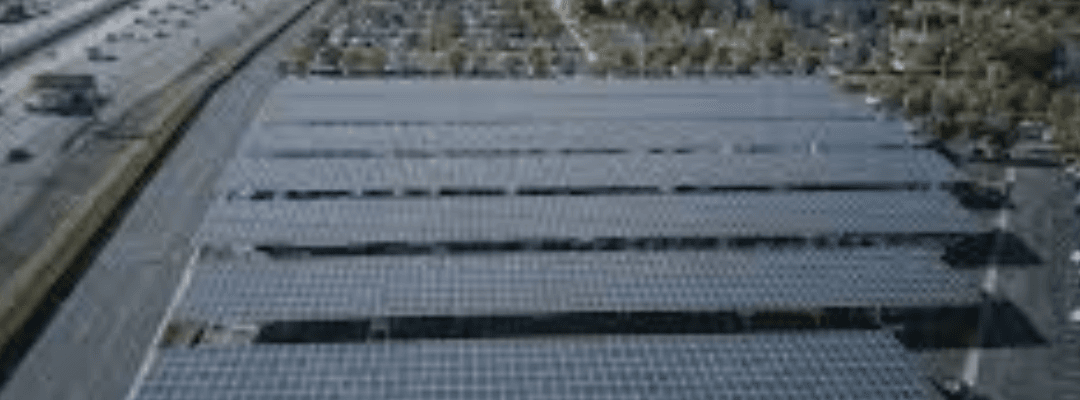The CAPEX (Capital Expenditure) model for solar power installation is an investment approach where the owner purchases and fully owns the solar system. Unlike the OPEX (Operational Expenditure) model, where users lease the system or pay only for the energy consumed, the CAPEX model offers complete control and potential long-term savings. For farmers and agri-businesses exploring agriculture solar solutions, the CAPEX model offers unmatched financial and operational benefits.
While businesses, industries, and large-scale solar investors often prefer this model for its ownership benefits, it also comes with significant financial and operational responsibilities. Let’s explore the pros and cons of the CAPEX model to help you determine if it’s the right choice for your solar energy needs.
Advantages of the CAPEX Model for Solar Farms
Full Ownership and Control
- You own the solar power system outright, giving you full control over operations, upgrades, and maintenance decisions.
- No reliance on third-party providers or long-term leasing agreements, ensuring energy independence.
Long-Term Cost Savings
- After the initial investment is recovered, solar energy is essentially free, leading to substantial long-term savings on electricity bills.
- Protection from rising electricity costs, making the investment more valuable over time.
High Return on Investment (ROI)
- Solar CAPEX investments often yield an ROI of 15-25%, depending on location and energy consumption.
- Energy savings, government incentives, and net metering policies can further boost financial returns.
Property Value Appreciation
- A solar-powered property often attracts higher resale value due to reduced energy costs for future buyers.
- Green-certified buildings with solar installations are more attractive to businesses and investors.
Tax Benefits & Government Incentives
- Many countries offer tax credits, rebates, and accelerated depreciation benefits for CAPEX solar investments.
- In India, solar installations under CAPEX are eligible for Accelerated Depreciation (80%), significantly reducing taxable income.
No Long-Term Contracts or Rent Payments
- Unlike leasing or PPA (Power Purchase Agreement) models, there are no recurring rental fees.
- Business owners are not locked into contracts with third-party energy providers.
Sustainability & Environmental Benefits
- Investing in solar via the CAPEX model directly contributes to reducing carbon footprints and promoting clean energy.
- Companies can enhance ESG (Environmental, Social, and Governance) scores, attracting eco-conscious investors.
Disadvantages of the CAPEX Model for Solar Farms
High Upfront Capital Requirement
- The initial cost of a solar system, including panels, inverters, and installation, can be significant.
- Businesses may need to divert funds from core operations or expansion plans to invest in solar.
Responsibility for Maintenance & Repairs
- Owners are fully responsible for regular maintenance, repairs, and system upgrades.
- Unexpected repairs can add to operational costs over time.
Risk of Underperformance & Technological Changes
- If the system underperforms due to poor design, faulty components, or external factors (weather, shading), financial returns may be lower.
- Rapid advancements in solar technology might make older systems less efficient compared to newer models.
Equipment Depreciation & Resale Value
- Solar panels and inverters depreciate over time, impacting potential resale value.
- After 15-20 years, older solar systems may require significant upgrades or replacements.
Financing & Loan Challenges
- Many small businesses and individuals struggle to secure financing due to high upfront costs.
- Loans for solar CAPEX projects may have high interest rates or require significant collateral.
Solution: Government-backed financing schemes, green energy loans, and power subsidies can help overcome this challenge.
Variability in Energy Production
- Solar energy generation depends on weather conditions, location, and seasonal variations.
- Unexpected shading, dust accumulation, or monsoon seasons can reduce energy output.
Solution: Use solar tracking systems and regular cleaning schedules to maximize efficiency.
Opportunity Cost of Capital
- Investing in a solar system means locking capital that could be used for other high-yield business ventures.
- Businesses must evaluate whether investing in solar offers better returns compared to other growth opportunities.
CAPEX vs OPEX: Which Model is Right for You?
| Feature | CAPEX Model | OPEX Model |
| Ownership | Full Ownership | Third-Party Owns |
| Upfront Cost | High | Low/Zero |
| Maintenance | Owner Responsible | Service Provider |
| ROI | High (after payback period) | Predictable Savings |
| Contract Obligations | No | Long-term PPA |
| Tax Benefits | Available | Limited |
| Best for | Large Businesses, Industries | Startups, Budget-Conscious Users |

